Schedule a Call Back
3D printing is playing pivotal role in various industries
 Industry News
Industry News- Oct 30,21
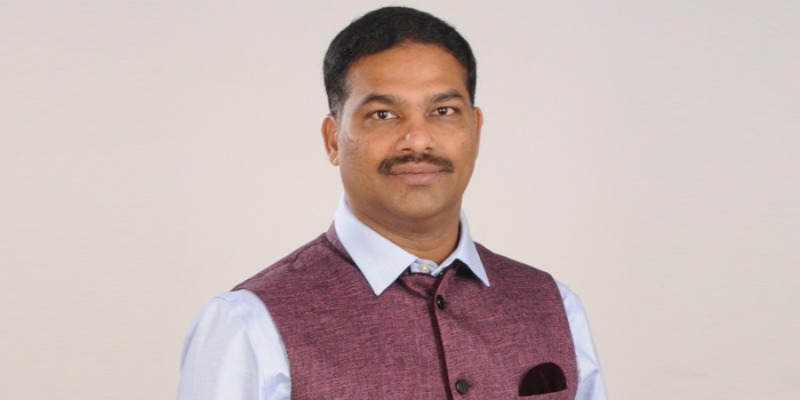
The need for adopting better packaging methods, materials, and machinery has become very important for Indian businesses to ensure quality. Food and beverage sector growth in the country is also supposed to bring growth opportunities for the industry. However, fluctuating raw material prices and stringent government regulations in different countries regarding usage of plastic packaging are acting as restraining factors for market growth. In this interview, S Dayaker Reddy, President, Indian Printing, Packaging and Allied Machinery Manufacturers’ Association (IPAMA) highlights more on the emerging trends in the printing and packaging machinery industry.
What is the present status of the printing, packaging, and allied machinery industry in India?
At present the printing sector is affected badly in India due to the pandemic. However, the government is encouraging foreign direct investment (FDI) into this sector. Lot of MNCs are expected to invest in this sector due to favourable working conditions in the country. Numerous jobs are expected in the printing and packaging machinery industry.
What was the effect of Covid on the industry? Are you seeing a revival?
Due to COVID 19, most of the state governments enforced lockdowns owing to which the manufacturing operations in the country had to be suspended. The labour had migrated to their home states due to non-availability of jobs or works. Transport sector was also badly affected. In view of the impact of COVID-19 on the industry, IPAMA had also postponed the 15th edition of PRINTPACK India exhibition which was scheduled to be held at India Expo Centre from February 3-8, 2021, in consultation with exhibitors and business visitors. The concurrent event, India Sign & LED Expo 2022, which was also to be organised along with PRINTPACK India 2021, had also to be postponed.
Even though there was an adverse impact of COVID 19 not only on the manufacturing operations in printing, packaging, and allied machinery segments of the industry, it had also adversely affected the global economy. However, after lifting of the lockdowns, the manufacturing operations in the industry have already commenced. Most of the manufacturing units under the umbrella of IPAMA are now working with 80 to 90% strength. The labour has again joined their workplaces which had migrated to the home states. The air and transport restrictions have also been lifted to a great extent by most of the state governments.
What are the key challenges before this industry?
The key challenge is excess use of virtual technology in normal life. People are using virtual technology to save their documents, tickets, schoolwork, official documents etc. Paperwork is reducing day by day. This is the biggest challenge for this Industry. Secondly, rapidly changing technology and patterns in the printing industry.
The second COVID 19 wave had further compounded the problems in the revival of industrial operations. More strict guidelines were issued by the Central Government and the State Governments resulting in stopping of manufacturing operations in the country.
India is now slowly coming out of the clutches of the impact of COVID 19 as far as manufacturing operations are concerned. Around one hundred crore population has been vaccinated in the country. India is now exporting vaccines to neighbouring countries.
We strongly feel that the printing and packaging machinery industry is on the right track now and will attain full working operations by the end of 2022.
What are the emerging trends in the printing, packaging, and allied machinery industry?
Some of the changes witnessed in the printing industry are:
1. 3D printing will penetrate into different sectors: The 3D printing is a revolutionary technology and plays a pivotal role in various industries. It is into medical and sciences, household, offices, defence etc.
2. Expertise in IT: IT plays an important role in all the segments. This is a computer and IT world. We cannot see the world without IT. Proper use of IT will boost the industry. Acquiring IT providers can be an effective means for the manufacturers or for large channel organizations, in gaining the support expertise and specialized sales. As per industry research, businesses will favour IT service providers over traditional print suppliers, by 2025.
3. Cost effective printing is of prime demand: The aspect of cost-effectiveness is generally stressed upon more by an average printer user, when compared to the advanced features that the modern-day printers include these days.
4. Erasable printing technology: Japanese multinational Toshiba demonstrated the first prototype of the erasable printing technology. All the contents that are showcased on a piece of paper are automatically erased with this technology. A revolutionary technology, where users do not have to worry about the incorrect printing material. One must put it back into the printer and the content will be erased.
5. Security printing: This new technology is going to be adopted by more and more people, as it gives them the ability to use their tablet computers and smart phones for going about the printing job.
As per industry insights, the Indian packaging industry was about $ 31.7 billion in 2015. The growth of packaging or allied machinery is driven by the key factors such as rising population, increase in income levels and changing lifestyles. The increasing media penetration through the means of the Internet and television are fuelling the demand for packaged products in rural India as well.
The important factor that has provided substantial stimulus to the packaging and machinery industry is the rapid growth of exports, which requires superior packaging standards for the international market. With this, the need for adopting better packaging methods, materials, and machinery, to ensure quality, has become very important for Indian businesses.
E-commerce and organised retailers are also pushing the sector upward. Online shopping and widespread retails across the country, has pushed the demand for quality packaging of products. The packaging industry, which employs about 5 million people directly in the country and three times more indirectly, will continue to grow due to rapid changes being undertaken.
Typically, there is a predominance of paper and paper boards, but globally, plastic is being used as the packaging material in industries including FMCG and pharmaceuticals. As per IBEF data, at 49%, plastics are the largest single material used for packaging in India. Also, consumerism going towards ready-to-eat products is driving the usage of flexible packaging, with 38% of packaging involving food products. These products have also made changes in the packaging sector, with great emphasis on quality of packaging material, while maintaining the hygiene and quality of food.
Similarly, for products like apparels, which do not require rigid boxes for protection, e-commerce offers possibilities for flexible packaging with such advantages as lightweight etc. According to Pack Plus insights, a global event for packaging stakeholders, the demand for flexible packaging in 2017 was estimated at $ 5.6 billion, which is expected to grow at around 10% annually over the next five years.
The e-commerce has boosted the demand for rigid packaging, such as for cartons or corrugated boxes. As per the study, rigid packaging accounts for 80% of the Indian packaging market. These are especially used in the packaging of electronics, glassware and products that require firm packaging for protection.
Another emerging trend is smart packaging, which embeds every pack with a unique identity, allowing interaction between manufacturers, brand owners and consumers throughout the lifecycle of the pack. Last year, packaging and processing solution provider Tetra Pak introduced smart packaging with dynamic QR codes for liquid food packaging. Out of three Tetra Pak markets globally, India is now one to have the unique PICCO printing technology for printing dynamic QR codes. The company is piloting two F&B brands, which are being produced at Tetra Pak’s India manufacturing facility near Pune.
It may again be stated that the smart packaging will not only make the packaging more interactive and act as a medium to create conversations, but it will also allow brands to trace each package throughout its lifecycle from production through the supply chain.
The hiking food and beverage sector growth in countries such as India is also supposed to bring growth opportunities for the very market. However, increasing implementation of flexible packaging materials, fluctuating raw material prices and stringent government regulations in different countries regarding usage of plastic packaging and its disposal might act as restraining factors for market growth.
Nevertheless, with all the technological interventions and growing capabilities in the last decade, the Indian print and packaging sectors have advanced significantly and are becoming one of the most trending businesses at this time. Small and medium enterprises (SMEs) in the print and packaging sector have considerable growth opportunities. As far as Government initiatives are concerned, these two sectors are getting encouragement, as far as product promotion is concerned. These sub-sectors are also getting subsidies and financial assistance through Government agencies like NSIC, Export Promotion Councils, DC, MSME, Ministry of MSME etc.
What are the key priorities of IPAMA at present?
Since its inception in the year 1988, IPAMA had given top priority to promotion of the Indian Graphic Arts Industry. During the COVID-19 period, most of its promotional activities came to a stand-still, as movement from one State to another was either banned or strict restrictions were imposed on the passengers.
However, after lifting of the lockdowns and relaxation in the COVID guidelines, IPAMA has again started participation in various activities. IPAMA is now actively considering fixing the new dates of the 15th edition of PRINTPACK INDIA Exhibition and India Sign & LED Expo (a concurrent event). IPAMA has already decided to reduce the space charges, keeping in view the impact of COVID-19 on the industry. Additional complimentary services will be provided to Business Visitors in comparison to 14th edition. IPAMA will engage service providers for these Shows, after detailed discussions, who can provide hassle free facilities of international standards to further improve the image of the Exhibition in the global market. IPAMA will also consider and finalise participation in Indian and foreign exhibitions. It will also arrange financial assistance from the concerned Government agencies for participation in international events.
In order to give a boost to this industry, what are your suggestions to the government?
IPAMA has been giving suggestions to the Government agencies from time to time either directly or through other institutions, such as CII, FICCI, PHD Chamber of Commerce and Industry etc. As the manufacturing processes of IPAMA Members were badly affected by COVID-19 during first and second waves, we may now be suggesting to the concerned Government agencies for making available loan facilities to MSME Units on easy terms and conditions. The recovery of the loan already taken, be recovered in easy instalments.
The Ministry of MSME has already increased the space charges, air-fare charges, freight charges and publicity charges for participation of MSME Units in foreign exhibitions. It is a welcome move. However, we have suggested to the Ministry that before finalisation of the list of Exhibitions for participation in foreign exhibitions, IPAMA should invariably be consulted.
Any update on the Printpack India exhibition?
The 15th edition of PRINTPACK INDIA was to be organised at India Expo Centre, Greater Noida from February 03-08, 2021, covering pre-press, press, label printing, signage, screen & textile printing, digital, post-press, corrugation, converting, rigid & flexible packaging, service & software, paper and consumables & spares. However, due to imposition of lockdowns in the country, for different periods, the manufacturing operations of the machine manufacturers were badly affected. After conducting a detailed survey and keeping in view the recommendations of the Exhibitors and the Business Visitors, the PRINTPACK INDIA Exhibition was postponed accordingly. As the relaxation in lockdown conditions have already been allowed, IPAMA is now actively considering finalisation of the revised dates. These will be decided shortly and published in newspapers, magazines etc. for information of Exhibitors, Business Visitors, and all other concerned parties. The new dates will also be uploaded on IPAMA’s two websites.
Related Stories
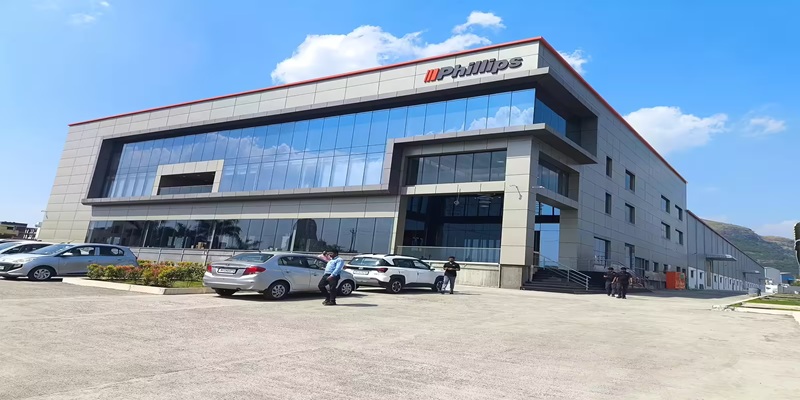
Phillips Opens Expertise Centre in Pune to Boost Manufacturing Innovation
New Chakan facility to promote advanced, smart and sustainable manufacturing
Read more
Automation to Drive Packaging Machinery Market Surge
Rising labour costs, regulatory pressures, and the growing influence of e-commerce are driving the demand for end-of-line and warehousing packaging machineries. This growth is reshaping packaging st..
Read more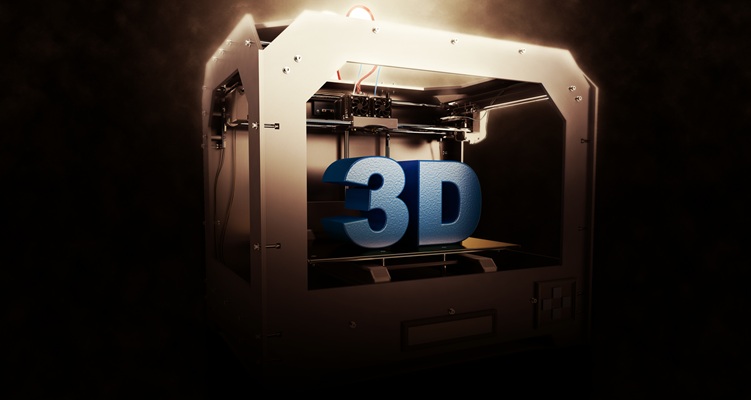
Rare crystal shapes yield stronger 3D-printed metal parts
Quasicrystals, which were previously considered a myth, are now replicable for large-scale industrial applications. Stakeholders must support investments in 3D printing technologies and continued re..
Read moreRelated Products
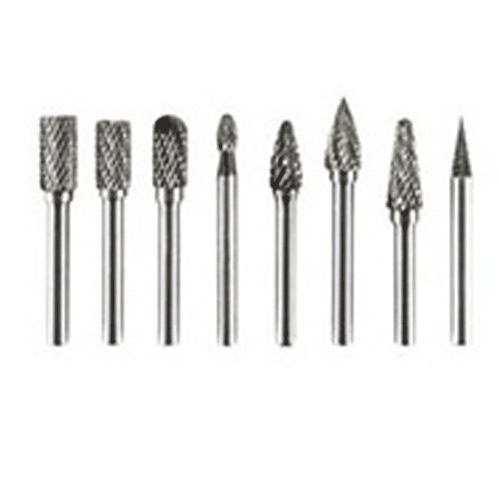
Carbide Burrs
SRT Industrial Tools & Equipments offers a wide range of carbide burrs.
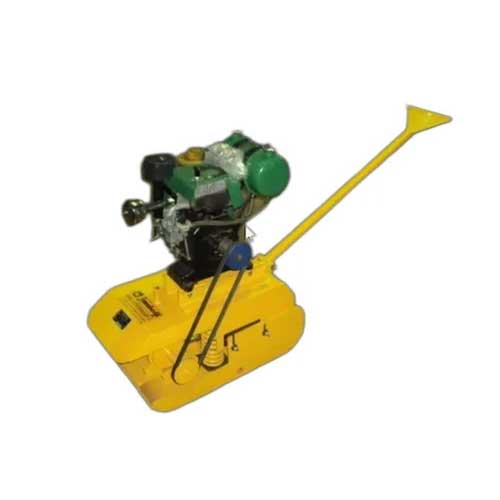
Jamshedji Soil Compactor
Jamshedji Constro Equip Pvt Ltd offers a wide range of jamshedji soil compactor.
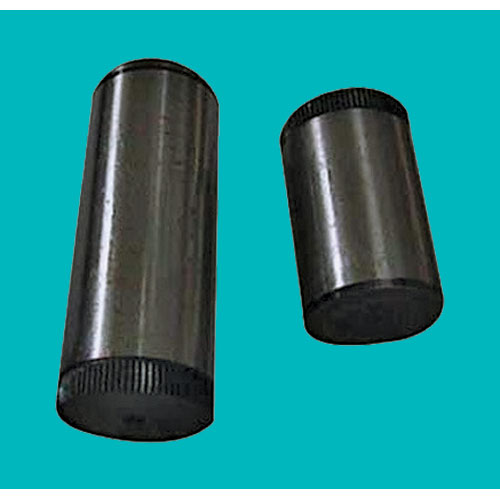
Ground Pins
Hans Machineries Private Limited offers a wide range of pins, hardened & ground. Read more















